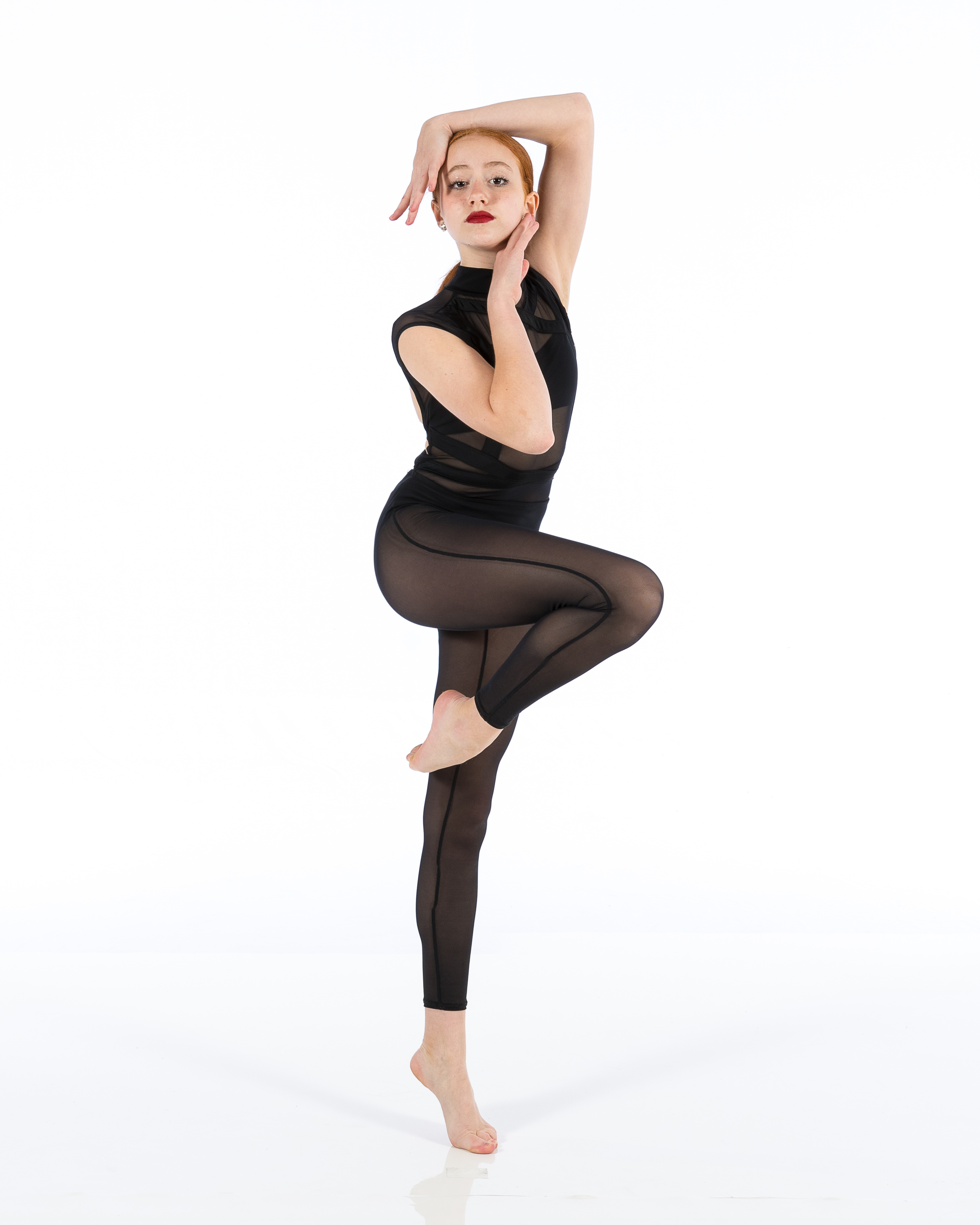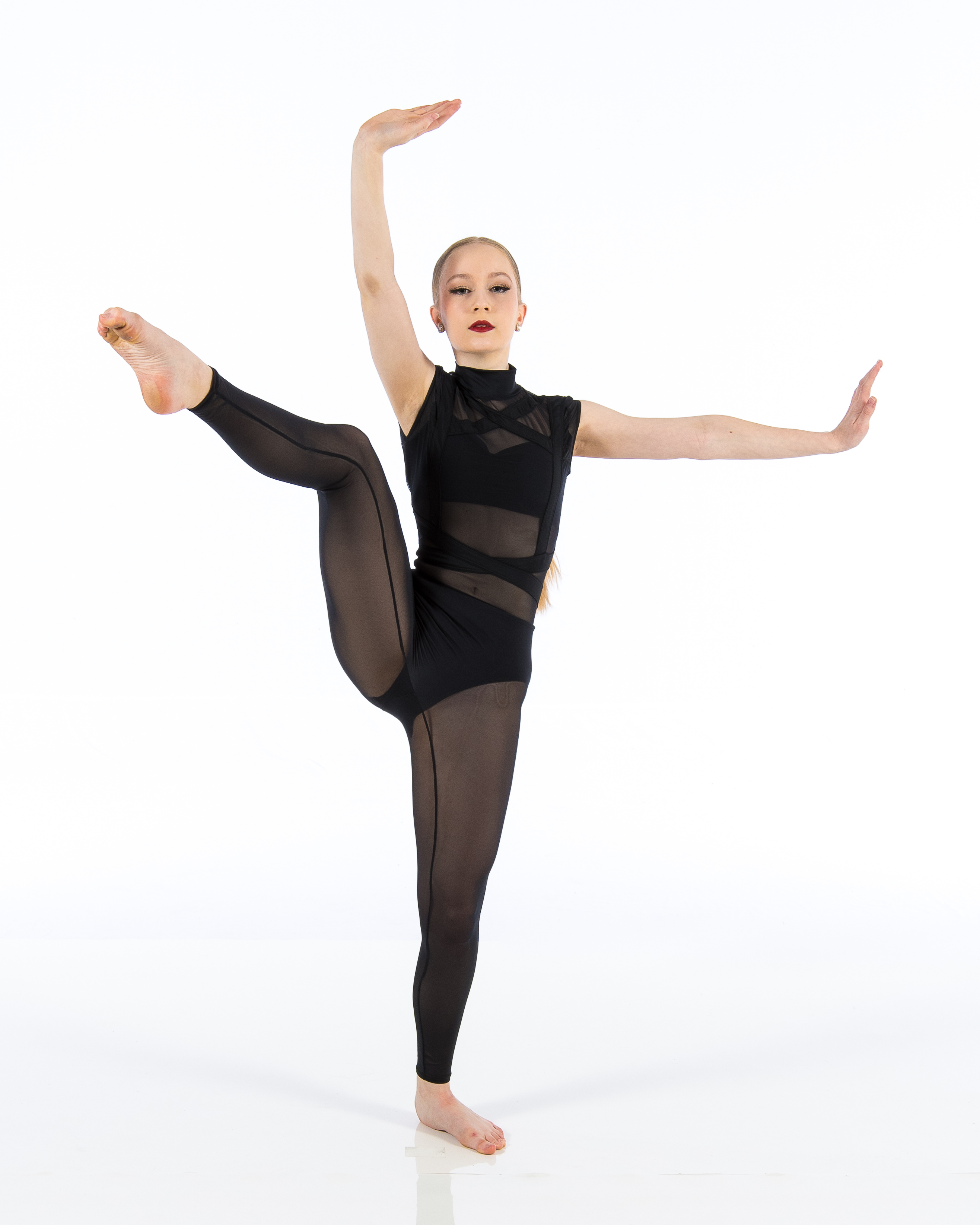Introduction
In the vibrant world of dance, inclusivity is not just a trend; it’s an essential philosophy that enriches the experience for both instructors and students. As we navigate through various teaching techniques, it's vital to recognize that every dancer brings unique qualities to the studio. The journey of becoming an inclusive instructor is not only rewarding but also transformative for everyone involved. This article will delve into diverse methods and approaches to ensure every dancer feels valued and empowered in your dance studio.

The Inclusive Instructor: Teaching Techniques for Every Dancer
When we talk about inclusivity in dance, it goes beyond merely allowing everyone to participate. It's about creating an environment where dancers of all abilities, backgrounds, and experiences can thrive together. This section will explore foundational principles that every instructor should adopt.
Understanding Diversity in Dance Studios
Recognizing Different Abilities and Backgrounds
Each dancer walks through the door with their own story—some may have been dancing since childhood while others may be stepping on the dance floor for the first time. Acknowledging these differences is crucial.
- Physical Abilities: Some dancers may have physical disabilities or limitations. Understanding these unique needs allows instructors to tailor their approach. Cultural Backgrounds: Dance styles often originate from various cultures. Being culturally aware enables instructors to respect traditions while fostering creativity.
Creating a Safe Space
Establishing a safe environment is critical for promoting inclusivity in any dance studio.
- Open Communication: Encourage feedback from dancers about what makes them feel comfortable or uncomfortable. Positive Reinforcement: Celebrate each dancer's progress, no matter how small.
Adapting Teaching Styles for All Dancers
Visual, Auditory, and Kinesthetic Learning Styles
Every dancer learns differently—some might grasp movements by watching (visual learners), while others may need verbal instructions (auditory learners), and some learn best by doing (kinesthetic learners).
- Incorporating Multiple Methods: Use demonstrations, verbal cues, and hands-on corrections to cater to various learning styles.
Utilizing Technology in Dance Education
Technology has opened new avenues for inclusive teaching methods:
- Video Tutorials: Recording classes allows students to revisit complex movements at their own pace. Apps for Feedback: Tools like DanceVision offer immediate feedback based on recorded performances.
Building Community Within the Dance Studio
Group Activities That Foster Inclusivity
Creating a sense of belonging is essential:
- Icebreakers: Start classes with fun activities that encourage interaction among dancers. Collaborative Choreography Projects: Allow students to work together on short pieces, valuing each person's input.
Restorative Practices in Dance Education
Implementing restorative practices can help create harmony:
- Conflict Resolution Workshops: Teach students how to address disagreements respectfully. Mindfulness Techniques: Incorporate breathing exercises or meditation as part of class warm-ups.
Developing Customizable Lesson Plans
Flexible Curriculum Design
An inclusive curriculum should allow room for adjustments based on students' needs:
Assess each student’s skill level before designing lesson plans. Include alternate movements or steps that accommodate various abilities.Setting Individual Goals within Group Classes
Encouraging personal growth alongside group dynamics can be beneficial:
- Set both individual and collective goals that allow for differentiation in performance levels.
Feedback Mechanisms That Support Growth
Constructive Criticism vs. Harmful Feedback
Providing feedback effectively can make or break a student's confidence:
- Focus on strengths before addressing areas for improvement.
Using Peer Feedback Strategically
Peer assessments can promote community learning:

Train students on how to deliver constructive feedback. Facilitate sessions where dancers provide insights into each other's performances.
FAQs About Inclusive Dance Instruction
1. What does it mean to be an inclusive dance instructor?
Being an inclusive dance instructor means recognizing and adapting your teaching methods to meet the diverse needs of all students, ensuring everyone feels welcomed and supported in their learning journey.
2. How can I create a more inclusive environment in my dance studio?
You can create an inclusive environment by establishing open communication with your students, offering https://www.dotyperformance.com/ dance studio varied teaching styles, celebrating diversity, and encouraging collaboration among dancers.
3. What are some adaptable teaching techniques?
Adaptive techniques include using visual aids, breaking down complex movements into simpler parts, offering alternative exercises for different skill levels, and utilizing technology like video recordings for personalized feedback.
4. How do I handle conflicts among students?
Handling conflicts requires open dialogue—encourage students to express their feelings respectfully and facilitate discussions that lead towards resolution rather than confrontation.
5. What resources are available for training in inclusivity?
Numerous online courses focus on diversity training within arts education; organizations like DanceAbility International provide workshops specifically geared toward inclusive practices in dance instruction.
6. Why is inclusivity important in dance education?
Inclusivity fosters a positive atmosphere where all dancers feel valued; it enhances creativity through varied perspectives and ultimately leads to richer learning experiences within the studio setting.
Conclusion
The journey toward becoming "The Inclusive Instructor: Teaching Techniques for Every Dancer" isn’t just about implementing strategies—it’s about fostering a culture where every dancer feels embraced regardless of their background or ability level. By understanding diversity, adapting teaching styles, building community ties within your dance studio, developing customizable lesson plans tailored for individual growth—and employing effective feedback mechanisms—you pave the way toward an enriching experience that resonates with dancers far beyond the classroom walls.

Inclusive teaching not only benefits each student but also elevates the entire community around them—creating a ripple effect of positivity throughout your dance studio! Remember, when you embrace inclusivity wholeheartedly, you're not just shaping skilled dancers; you're nurturing confident individuals ready to take on the world one step at a time!